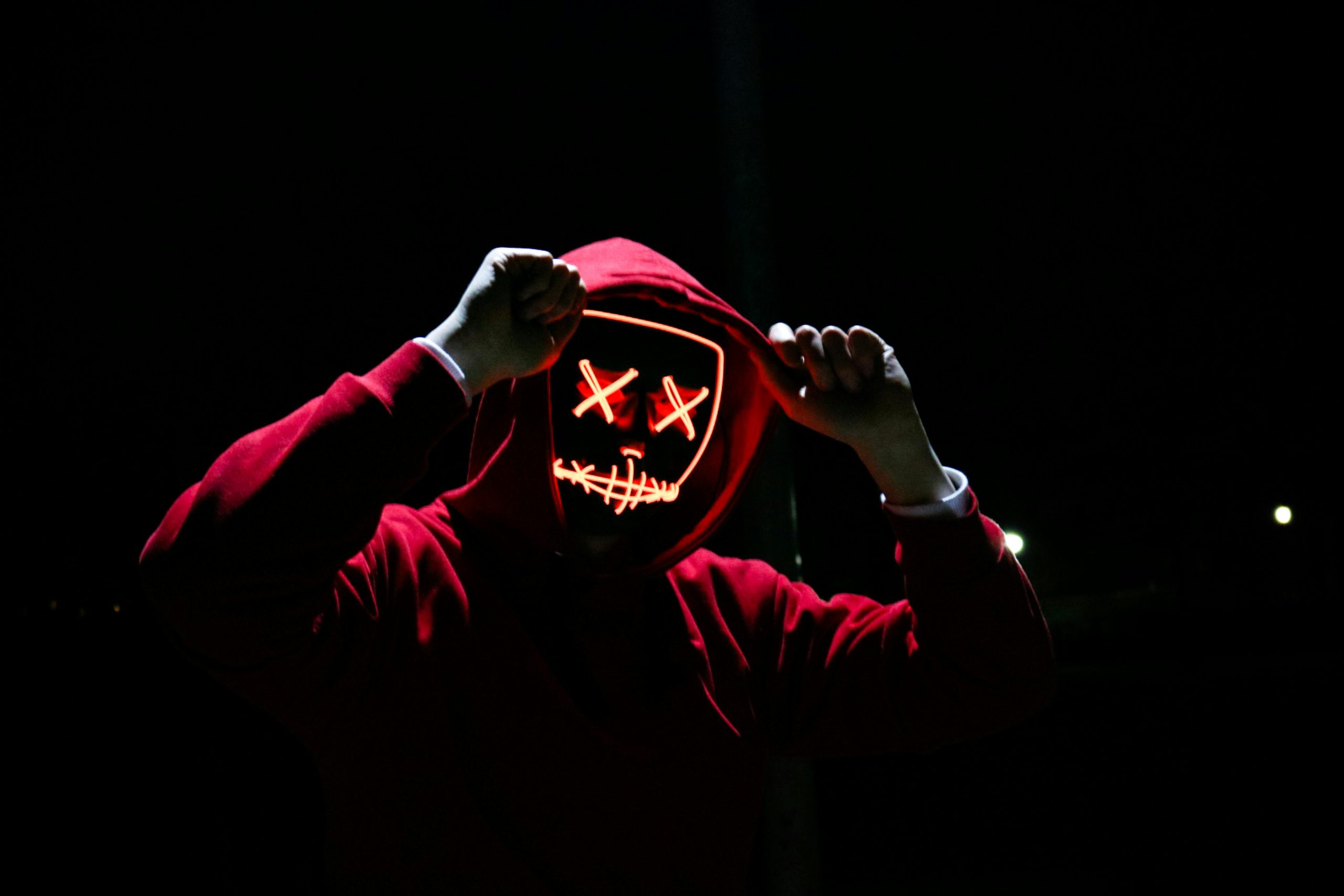When you receive a strange message from a trusted friend on Facebook, Instagram, or WhatsApp, your guard is naturally down. But what if that friend isn’t really your friend anymore — at least not online? Social media account takeovers are rising fast, and scammers are using compromised profiles to deceive others. Here’s how to recognize when a friend’s profile has been hacked and what steps you should take next.
1. How to Spot a Compromised Account
Cybercriminals often don’t announce themselves. They pose as your friend to exploit your trust. Look out for these red flags:
⚠️ Strange or Urgent Messages
- “Can you help me with something real quick?”
- “I need a favor — don’t tell anyone.”
- “Click this link! I think it’s a video of you.”
These messages often pressure you to act fast, click a suspicious link, or send money or gift cards.
🔗 Unusual Links
Any message with a shortened or obscure URL (like bit.ly or tiny.cc) from a friend who rarely messages you should raise suspicion.
🗣️ Different Tone or Language
If the message sounds odd, unusually formal, or overly casual for your friend — it might not actually be them.
📸 New or Fake-Looking Profile Photo
Sometimes scammers will change the profile picture or re-upload an old one to try and look “real.” Other times, the entire account might look freshly created.
2. What to Do Immediately
✅ 1. Don’t Click Anything
The links may lead to phishing sites or malware downloads that steal your own credentials.
✅ 2. Contact Your Friend Through Another Channel
Call or text them directly:
“Hey, I got a weird message from your account — was that you?”
Often, they won’t even know they’ve been hacked until someone tells them.
✅ 3. Report the Account
Use the platform’s “Report” or “Something’s Wrong” option. Choose “Hacked” or “Impersonation.”
- On Facebook, click the three dots on their profile > Find Support or Report Profile
- On Instagram, tap the three dots > Report
- On WhatsApp, open the chat > Report contact
✅ 4. Warn Mutual Friends
Let others know not to trust messages from the account. Scammers often work through mutual contacts in quick succession.
3. If YOU Accidentally Interacted or Clicked the Link
🔐 Change Your Password Immediately
Even if you didn’t enter anything on the page, change your password now — just in case.
🔐 Enable Two-Factor Authentication (2FA)
Add a second layer of security that requires a code from your phone whenever you log in.
💬 Scan for Malware or Keyloggers
If you clicked a suspicious link from your phone or computer, use antivirus software to check for malicious code.
4. How to Protect Your Own Social Accounts
- Use Strong Passwords (avoid common or reused ones)
- Enable 2FA on all platforms
- Check Login Activity (Facebook and Instagram allow you to see where you’ve been logged in from)
- Don’t Link Unknown Apps to your social accounts
- Be cautious about phishing emails and fake logins
Why Scammers Hack Social Accounts in the First Place
They use hacked accounts to:
- Steal more identities
- Trick contacts into sending money
- Spread malware
- Promote fake crypto schemes or giveaways
Even one click can help a scammer access dozens of other victims.
Need Help?
If you’ve already interacted with a hacked account, or you think your own account may be compromised, our team at Fast-Recover can help guide you through next steps. Whether it’s recovering a stolen profile or investigating how far the damage has spread, you’re not alone.
📧 Contact us at: info@fast-recover.com


